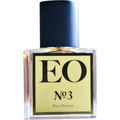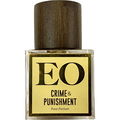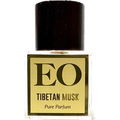We may earn a commission when you buy from links on our site, including the eBay Partner Network and Amazon.
EO N°3 Ensar Oud / Oriscent Pure Parfum
A perfume by Ensar Oud / Oriscent for men. The release year is unknown. It is still in production.
Pronunciation Compare
Pronunciation Compare
Fragrance Notes
 Amber
Amber  Laurel
Laurel  Musk
Musk  Rum
Rum Ratings
Submitted by Frumsel, last update on 04/30/2023.
Smells similar
What the fragrance is similar to
































